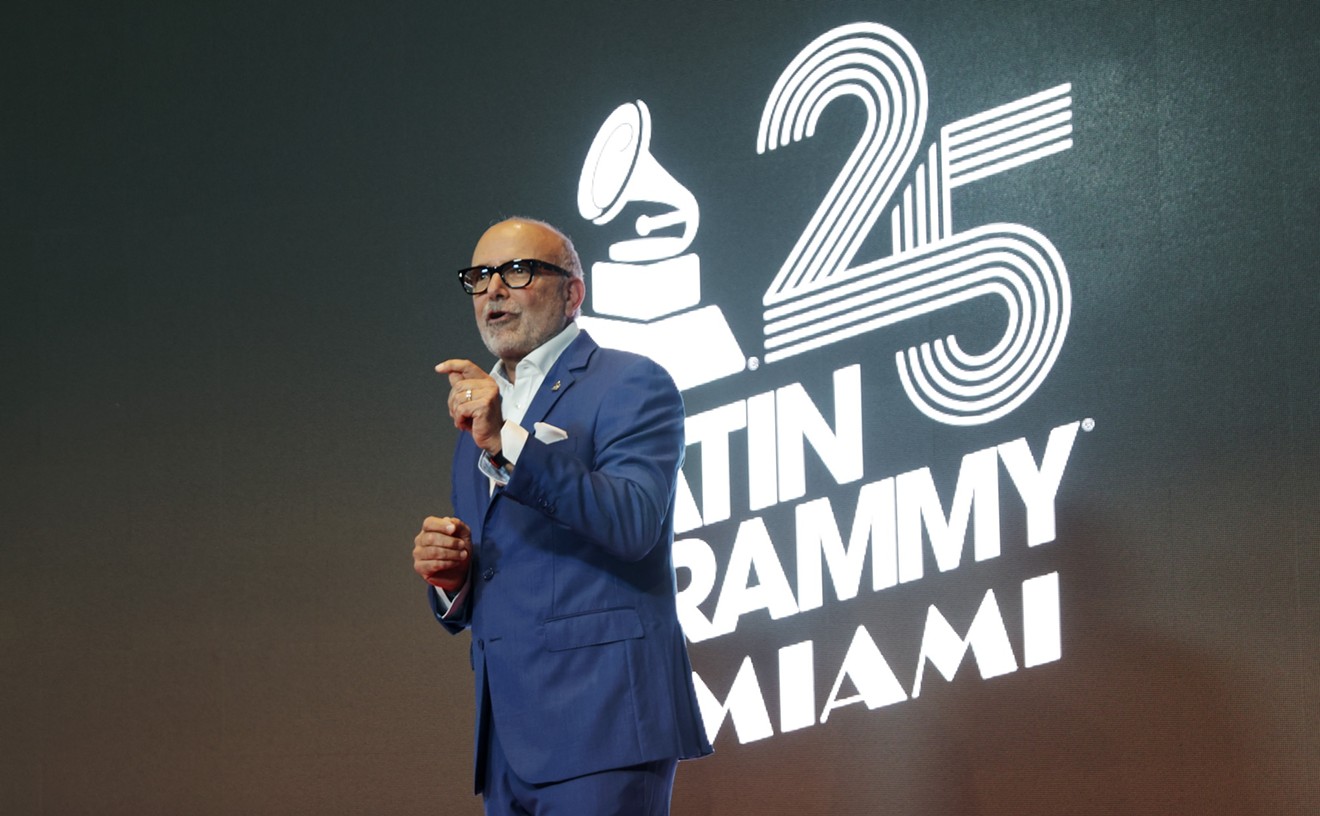Fortunately Cibo Matto has managed to squash that notion with its latest album, Stereotype A, a mindbending audio adventure that far outshines the last full-length effort from Yuka Honda, Miho Hatori, and friends. While 1996's Viva! La Woman allowed the band to hunt down its voice with a schizophrenic blend of samples, hip-hop drum loops, and strange lyrics, Stereotype A reveals a more sophisticated Cibo Matto, with all the hooks, surprises, and deft songwriting that make a great pop album.
Sure the band is still as quirky as ever, and Hatori's vocals can take awhile to get used to, but this fourteen-track collection is one of the most creative and boundary-smashing pop releases since Radiohead's O.K. Computer. Why? Honda, who produced the album herself, traded in the stock samples that were used to build Viva! La Woman in favor of live playing and the reconstructed riffing of her musician friends, including John Medeski and Billy Martin of Medeski, Martin & Wood, inventive guitarist Marc Ribot, Soul Coughing's bassist Sebastian Steinberg, and jazz trumpeter Dave Douglas (not to mention Cibo Matto's multi-instrumentalist members themselves: Hatori, Honda, Timo Ellis, and Sean Lennon). The intricate harmonies and worldly melodies are impeccable. And the advanced chords and song structures are much more interesting than the majority of what MTV's staples pound out. There's a little something for almost everyone here: deep, complex, and drugged-out production; danceable grooves; and sophisticated composition. It's music that can be listened to on many levels. This is mind pop.
So what happened since Viva! La Woman? When that album was released, many may have thought this was just a joke band. Loosely translated, Cibo Matto means "crazy food" in Italian. The group's debut was made up of songs with titles like "Beef Jerky," "White Pepper Ice Cream," and "Artichoke." As Yuka Honda explains by phone from her apartment in New York City, the recurring food motif might have been a bit too bizarre for people to deal with. After the record was released, she and Hatori fielded plenty of fluffy questions from music journalists (i.e., "What's your favorite food?"). And as articles about Cibo Matto were published, it was sometimes painted as a novelty act or at least a very gimmicky band. So this time around, Honda and Hatori took a step away from the food metaphors with hopes to be taken a little more seriously.
"When we were working on our first record, everything was happening so fast and we were just trying to keep up," Honda says. "This time we knew what it means to put out an album, that we'd have to live with it and talk about it for a long time, so we were more prepared. We knew from the previous experience that once you have one concept, everyone will ask about it. For Viva! La Woman the recurring theme was food as a metaphor. That was just one of the elements on the album, though."
When Honda and Hatori sat down to name this latest album, they blurted out whatever popped in their minds. One subject kept slipping into the brainstorming session: how so many problems in the world arise from stereotypes.
"We figured that since we would be spending a lot of time explaining ourselves to people, it might be nice to talk less about food and more about stereotypes," Honda says. "Plus, the title contains the word stereo and that was really exciting to me."
Because she produced and arranged the record with minimal help, Honda thinks this release more clearly shows the ideas in her and Hatori's minds. With a recording time line spread across nearly fourteen months, Cibo Matto was able to experiment much more than it could on the Mitchell Froom/Tchad Blake-produced Viva! La Woman. One element that is much more apparent on this release is the use of harmonies. Honda says many of her multiple-voice ideas came from her and bandmate/boyfriend Sean Lennon's mutual love of Beach Boy Brian Wilson's harmonies.
"Every day I wake up and Sean is listening to Brian Wilson big-time," she explains. "We've talked a lot about how amazing his harmonies are, how they emphasize the melody within a song, and it definitely made me want to use a lot of harmony on this record. There's one [Beach Boys] song that I absolutely love called "Til I Die" [from the 1971 album Surf's Up]. We used to listen to it and it would totally make me cry. The human voice is just an amazing instrument that can create some intense feelings."
With vocal lines that weave along inside the recording, Stereotype A mixes human and machine to create music that has the punch of techno and the subtle emotional nuances of acoustic music.
"There are always groups of people who hate new machines and new equipment, but I think they're great," she says. "I kind of imagine how it would be to live in a world without electric instruments, and then one day you discover electric guitar. New technology can let you think of music in a completely different way."
One aspect of Cibo Matto's sound that stands out, especially on Stereotype A, is the band's ability to jump between genres. The album pulls the music along through a maze of R&B, hip-hop, heavy metal, and nearly every other style of music. On songs like "Lint of Love," retro-funk grooves cozy up with hardcore riffs while Hatori's singing sweeps above it all in a classic diva style. And "Stone" modernizes bossa nova immediately after the punkish metal of "Blue Train" subsides. To some listeners Stereotype A might sound a bit erratic. But Honda insists all these types of music come naturally to her.
"I've tried to analyze why it's so normal of me [to jump genres] and why it isn't so normal for other people here in the States," she says. "I grew up in Japan and I was listening to a lot of American music, but I didn't really understand the words. The vocals were just another instrument. I didn't really distinguish between punk rock, hip-hop, and New Wave; they were basically all the same to me. It wasn't until I came here that I really understood the social background of hip-hop, for instance, and why some people don't want others to make that kind of music. Once you build a fence around you, though, you have nowhere to grow. It's a shame there are all these divisions. The beauty of music is how free it can make you feel.










